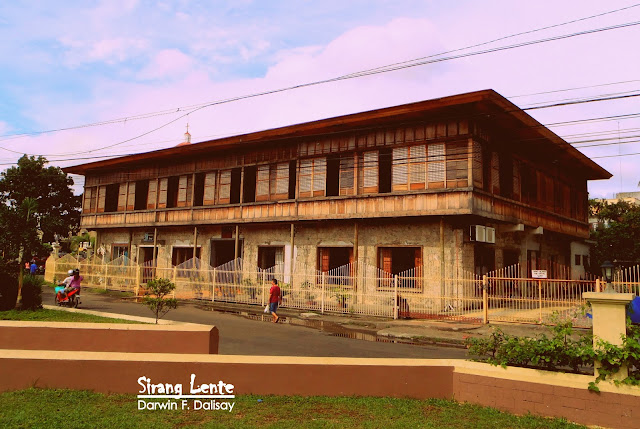
About Fort San Pedro
Fort San Pedro is a military defense structure in Cebu City built by the Spanish under Miguel López de Legazpi in 1738. Considered the oldest and smallest Spanish fort in the Philippines, it is now a museum and historical park showcasing Cebu’s colonial past.









